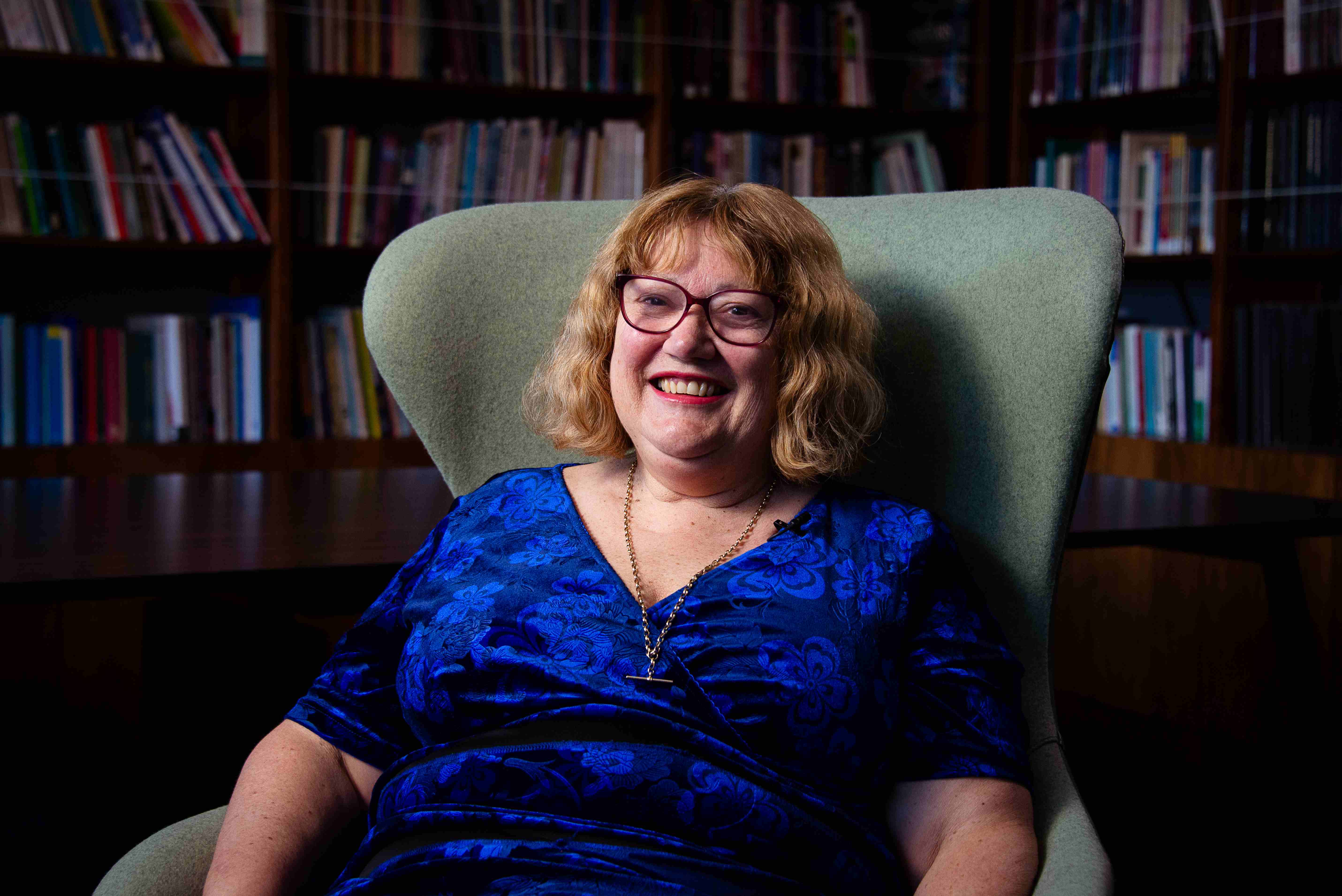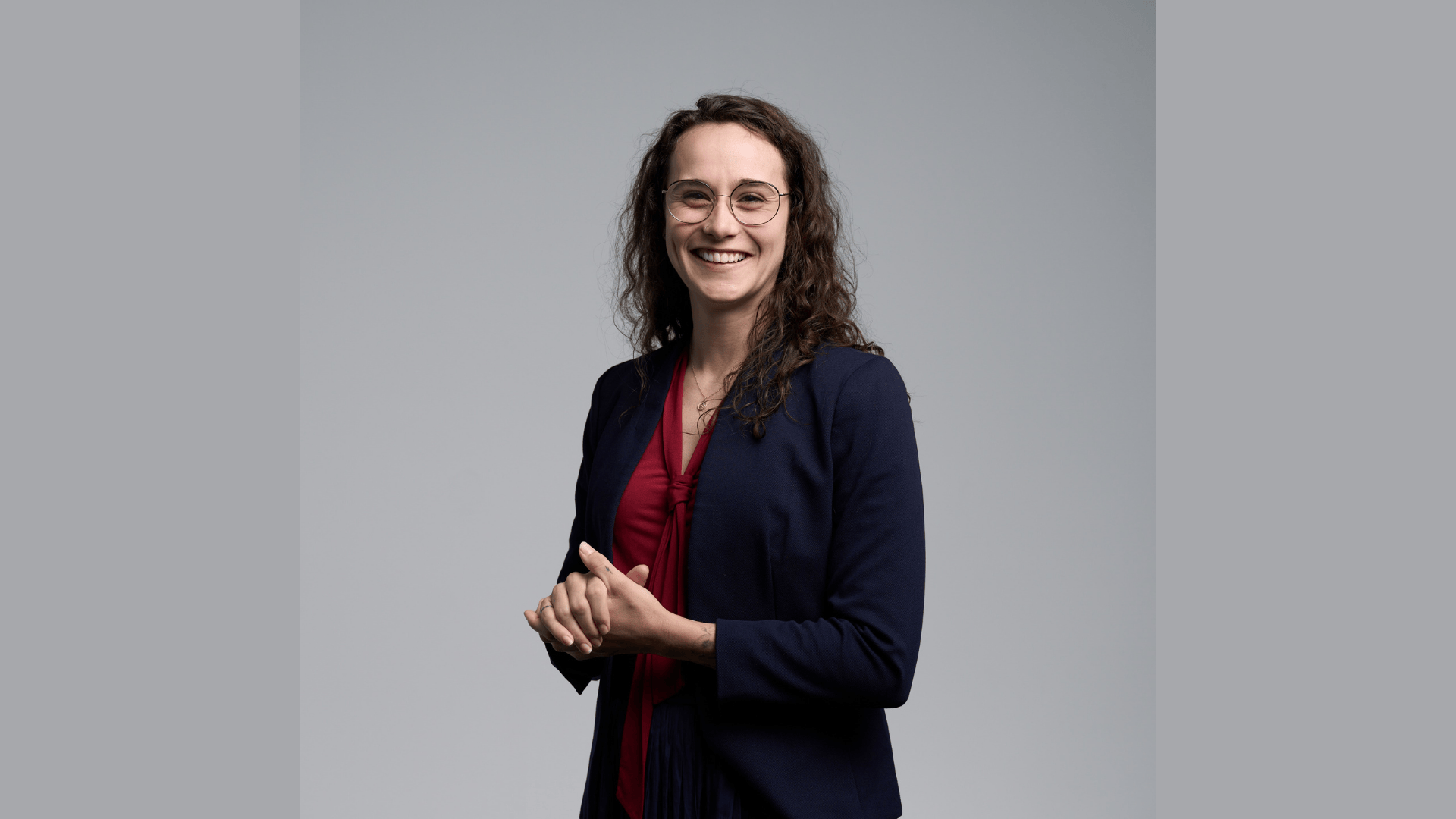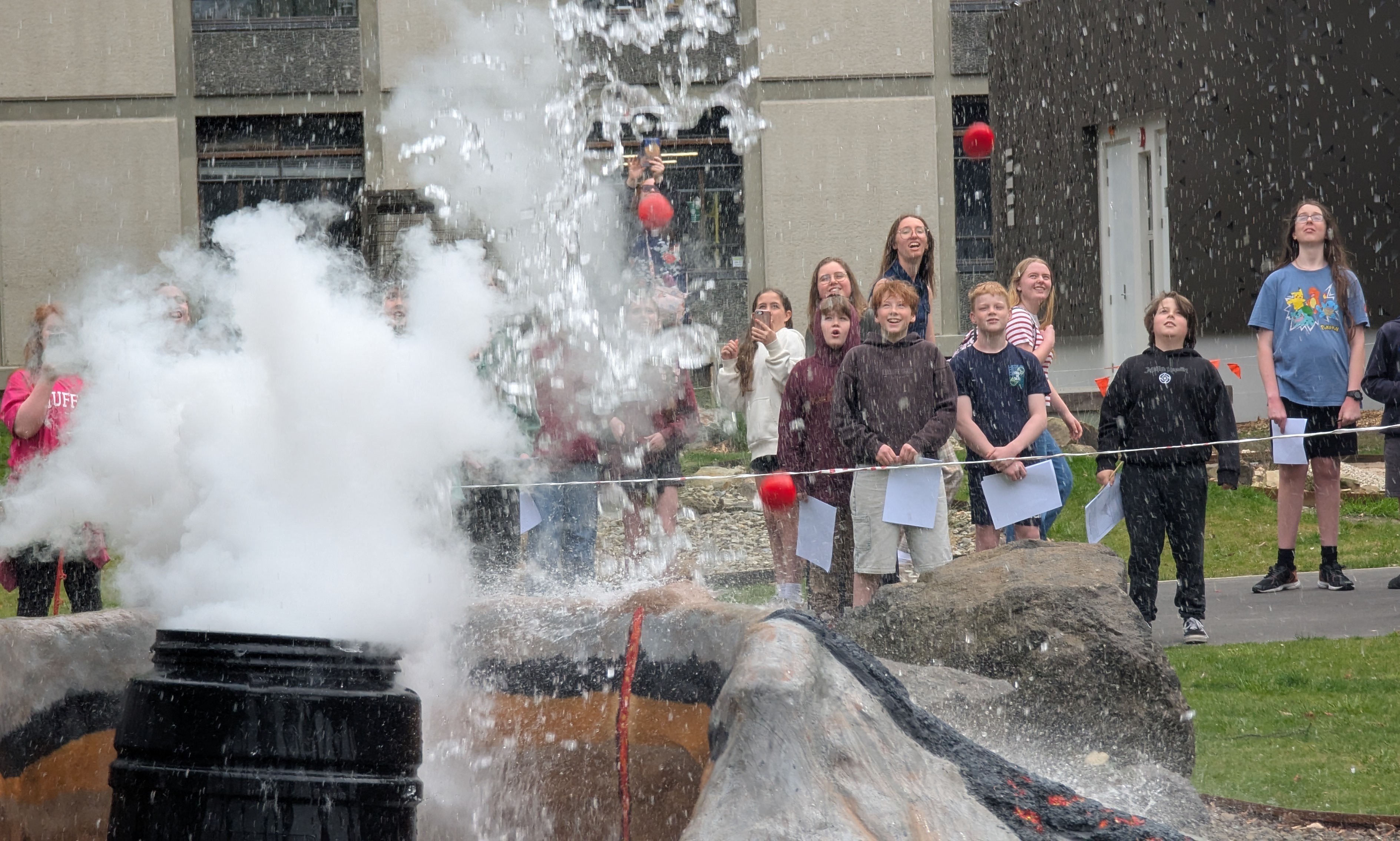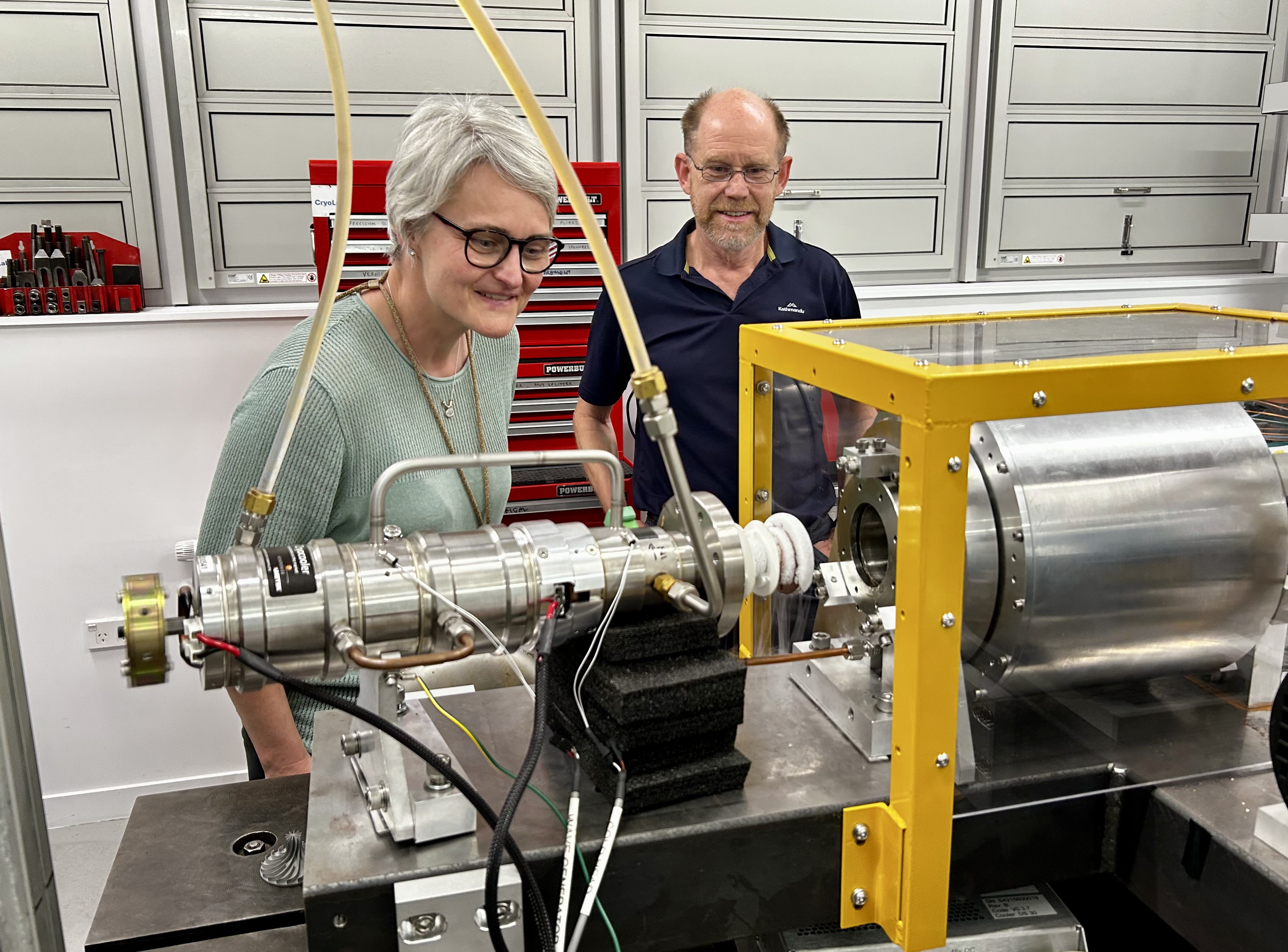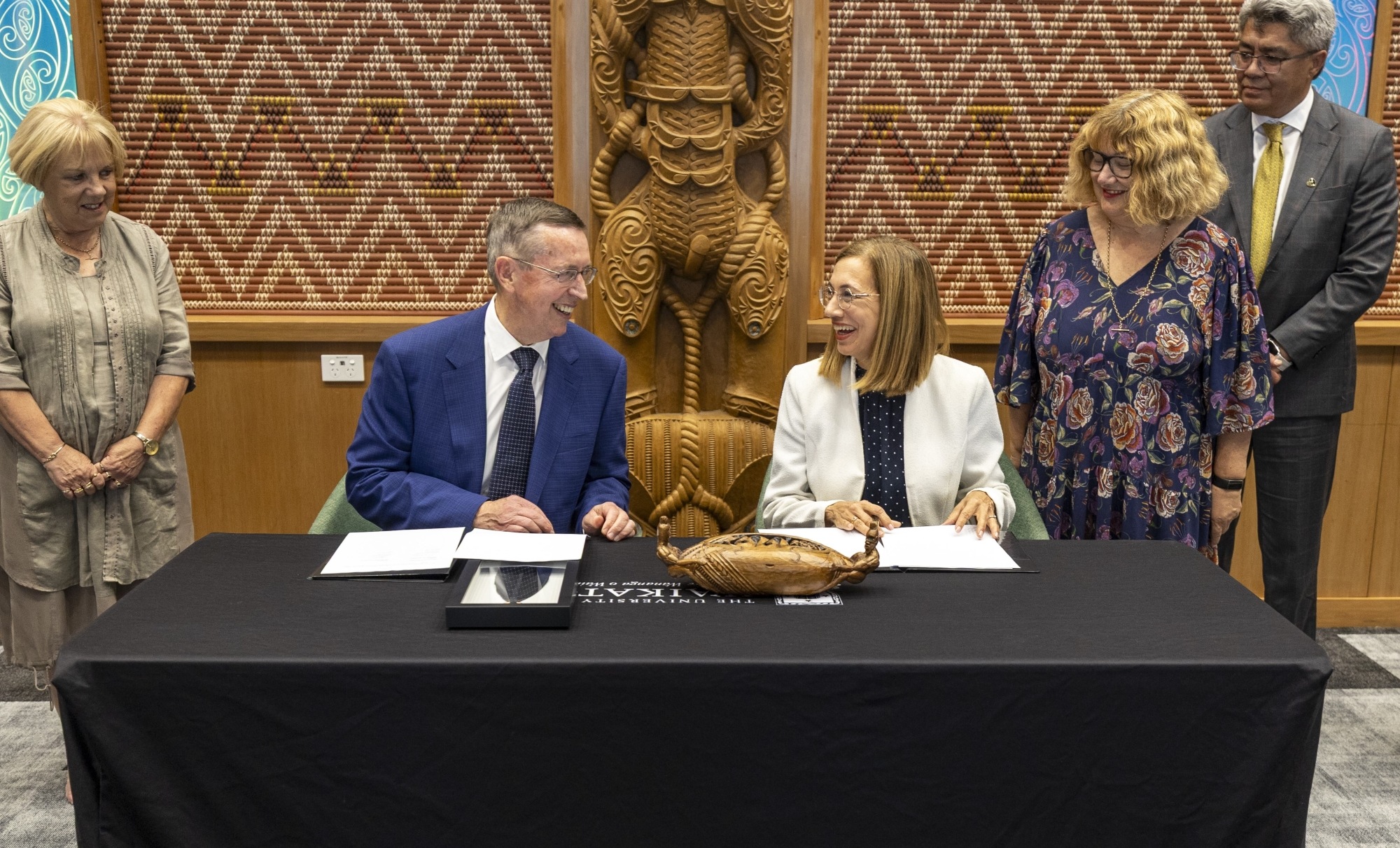The gong kebyar gamelan set became the first of its kind in New Zealand when it arrived in Christchurch on Christmas Day 1995 after being commissioned by Te Whare Wānanga o Waitaha | University of Canterbury (UC).
A 30th anniversary concert will be held in Christchurch on Saturday 11 October, featuring the UC Gamelan Ensemble, accompanied by dancers, and a Javanese shadow puppeteer. The free event, which is open to the public, will be attended by a delegation from the Indonesian Embassy in Wellington, including the Indonesian Ambassador.
Made in Bali, the ornate, high-quality gamelan instruments feature carved wood, bronze keys and multiple pieces, including a row of pot gongs, called a reyong, large gongs, and cymbals.
They are still regularly played by the UC Gamelan Ensemble which includes about 15 UC students and members of the wider community, currently led by UC School of Music Associate Professor Justin De Hart. The multicultural group meets for practices once a week and performs several times a year.
Associate Professor De Hart enjoys the participatory aspect of gamelan music. “Some parts are easy, and some are complex, but all of them are important. So it’s pretty inclusive. I love the community aspect of it and think it’s a wonderful way for musicians to learn to listen, to support each other, and play together. Those are very transferable skills.”
He says the upcoming concert isn’t just about marking the gamelan’s 30th anniversary, but a celebration of cultural diversity in Ōtautahi Christchurch. “It’s an opportunity to strengthen ties with Indonesia, in terms of the University and the wider community.”
Interest in gamelan evolved from the rise of ethnomusicology in the 1970s, he says. “Bali was one of the first areas of study for ethnomusicologists. Ensemble music involves lots of people and is very different to Western music. Gamelan music is also taught by rote, rather than notation, so the method of teaching is quite different.”
He says music is embedded in the community in Bali. “It’s a great example of how music can function in that way; it brings the community together and at every milestone of a person or family’s life, there’s a gamelan playing.”
Retired Senior Lecturer of Music Elaine Dobson was behind UC commissioning the gong kebyar gamelan 30 years ago. Now based in Brisbane, she is travelling to New Zealand with her husband to attend the Christchurch concert.
She says she has vivid memories of the UC gamelan. “Especially of 1995 when it was being built in Bali, with the carving and forging of its beautiful instruments and the gold leaf being applied to its intricate woodwork.
“I’m looking forward to being reunited with many wonderful gamelan people with whom I taught and played. Hearing the UC gamelan again, remembering all the great concerts of the past and seeing the new generation of players and ideas, will be an exhilarating and exciting experience.”
When Associate Professor De Hart first joined UC in 2017, a Balinese doctoral student, I Made Kartawan, who is now an Associate Professor at ISI (the Indonesian Institute of the Arts) in Bali, taught him how to play the gamelan and helped re-establish the gamelan ensemble after a quiet period following Dobson’s retirement in 2013. Associate Professor Kartawan is travelling from Bali to join the ensemble for next week’s performance.
The other regular members of the group are from New Zealand, the United States, Japan, Malaysia, Indonesia, the Philippines, and the age range is from late teens through to late 50s.
Indonesian Echoes: 30 Years of Gamelan in Ōtautahi Christchurch is free, at the Aldersgate Centre, 6pm on Saturday 11 October.





